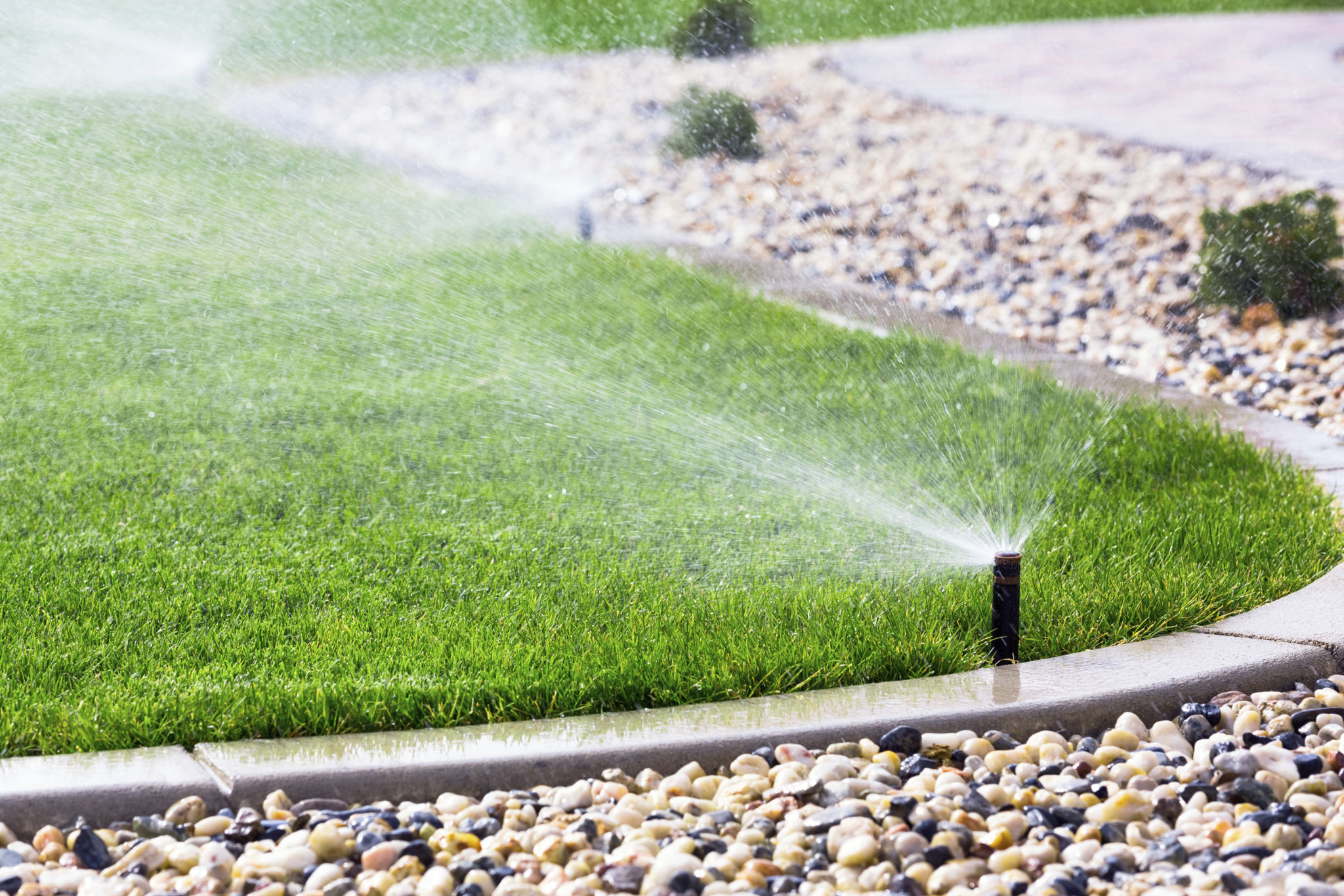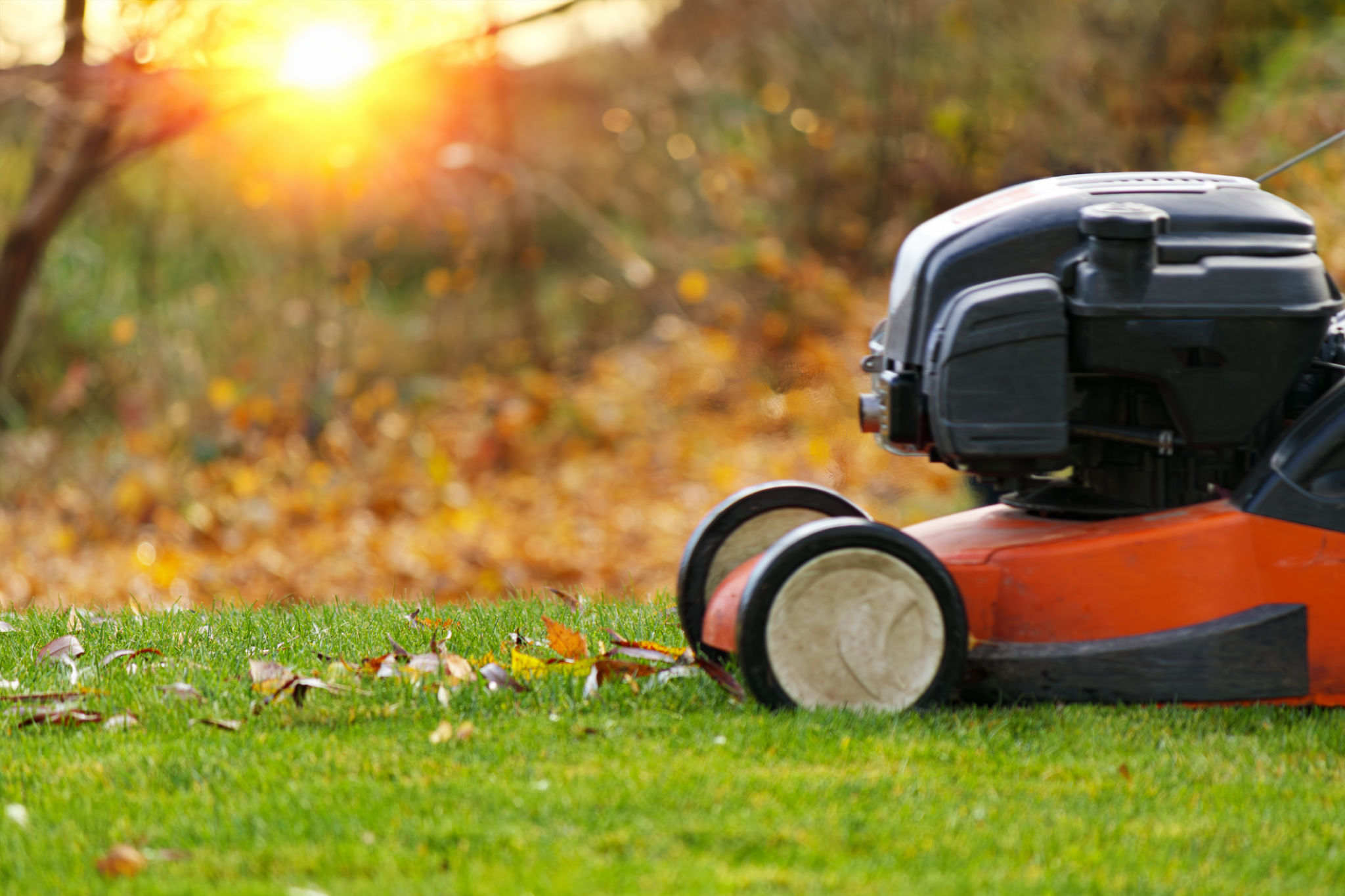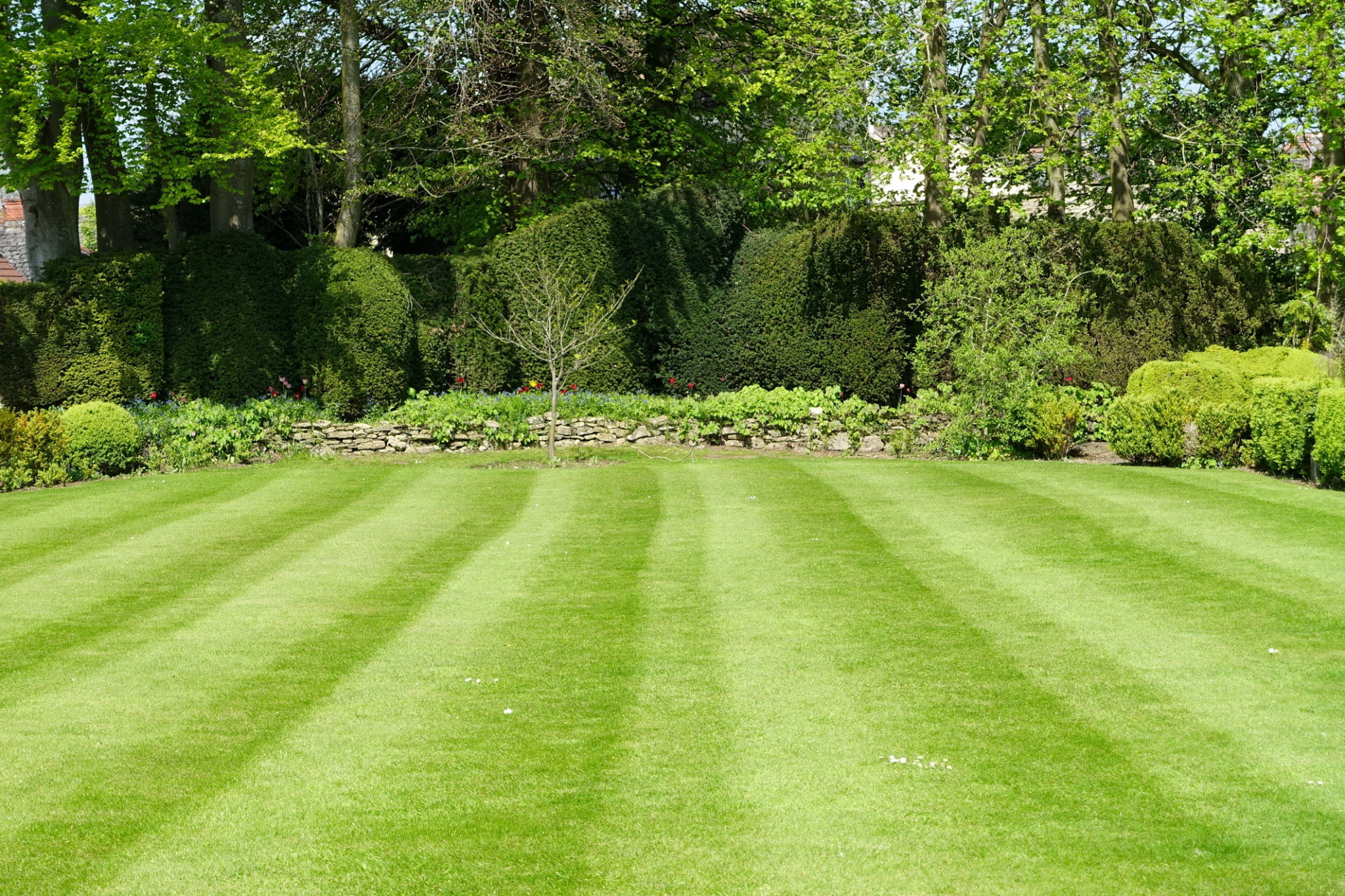5 Common Lawn Care Myths Busted: Get the Facts
Myth #1: Watering Every Day Keeps Your Lawn Healthiest
One of the most prevalent myths in lawn care is the belief that watering your lawn daily will keep it lush and green. In reality, **overwatering can lead to shallow root growth** and increased susceptibility to disease. It’s more effective to water deeply but less frequently, allowing roots to grow deeper and make your lawn more drought-resistant.

Myth #2: Short Grass is Easier to Maintain
Many homeowners believe that cutting grass short reduces the frequency of mowing. However, cutting grass too short can stress your lawn, making it vulnerable to weeds, pests, and drought. The optimal grass height varies by species, but generally, keeping it a bit taller helps *shade the soil*, retain moisture, and promote stronger roots.
The Ideal Height for Common Grass Types
For example, Kentucky bluegrass should be maintained at about two to three inches, while fescue varieties thrive at three to four inches. Adjusting your mower settings accordingly can make a significant difference in the health of your lawn.

Myth #3: Fertilizer Can Fix Any Lawn Problem
While fertilizer is an essential part of lawn care, it is not a miracle solution for all lawn issues. Over-fertilizing can lead to **nutrient runoff** and environmental harm. It’s important to diagnose specific problems like poor soil quality, incorrect pH levels, or pest infestations before assuming fertilizer is the answer.
Smart Fertilization Practices
Testing your soil to determine its nutrient needs is a wise first step. This allows you to apply the right type and amount of fertilizer, promoting healthy growth without causing damage.

Myth #4: Leaving Grass Clippings Harms Your Lawn
A common misconception is that grass clippings left on the lawn will cause thatch buildup. In truth, grass clippings are mostly water and decompose quickly, providing valuable nutrients back to your lawn. This process is called "grasscycling" and can aid in reducing the need for chemical fertilizers.
Benefits of Grasscycling
Grasscycling not only saves time but also helps improve lawn health by naturally feeding the soil. It's an eco-friendly practice that enhances the resilience of your grass.
Myth #5: Spring is the Best Time for All Lawn Care
While spring is a busy season for lawn care, some tasks are more effective at other times of the year. For instance, aeration and overseeding are best done in the fall for cool-season grasses. Timing these tasks correctly ensures better results and a healthier lawn throughout the year.

Seasonal Lawn Care Tips
Incorporating seasonal strategies like applying pre-emergent herbicides in early spring or fertilizing in late fall can yield significant benefits. Understanding these seasonal windows helps in maintaining a vibrant lawn year-round.
Busting these common myths allows homeowners to adopt more effective lawn care practices that lead to healthier, greener lawns. By understanding the realities behind these misconceptions, you can make informed decisions that benefit both your landscape and the environment.
